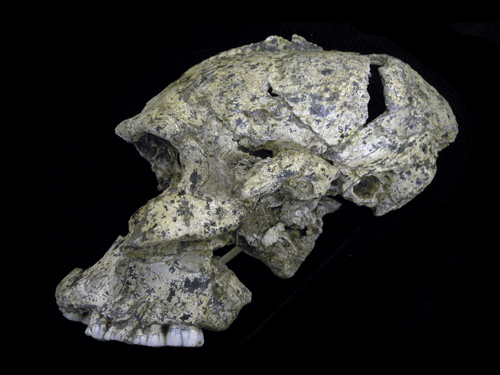
Andaman’s Jarawas and Onges are descendants of a completely new family of early men unknown to science so far, an Indo-Spanish team of researchers claimed on Monday on the basis of their genetic studies.
While there is no fossil record found yet for the new category of early men, researchers say DNA analysis provides clear evidence on the existence of this new class of “extinct hominid”. Hominids are ancestors of the great apes and humans.
The discovery has the potential to open up a new window in the history of human evolution by suggesting that Homo heidelbergensis—the first group of men who came out of Africa—had given rise to multiple lineages and not just the Neanderthal and the Denisovan—the two known branches from which all modern human beings have evolved.
The ancestry of Andaman’s Jarawa and Onge tribe is a long-standing mystery in science as there are many theories to explain their unique physical features and language that are similar to African tribes.
With several DNA analysis of the Neanderthal and Denisovan men becoming available in the last 10 years, researchers from the National Institute of BioMedical Genomics, Kalyani and the Institute of Evolutionary Biology in Barcelona wanted to compare the DNA of the two Andaman tribes with that of mainland Indians as well as with other pre-historic human forefathers.
They sequenced whole genomes of 60 individuals drawn from a carefully sampled set of diverse ethnic groups of mainland India and 10 Jarawas and Onges. Among others, the analysis suggests why the Andamanese are short in height and how they are different from Indian mainlanders.
But when comparing the DNA sequences of the Jarawas and the Onges with those of Neanderthals and Denisovans, the researchers found notable differences.
“By exploring various possibilities that could have given rise to these differences, we have concluded that these DNA fragments belong to an extinct hominid that shares a common ancestor with the Neanderthal and the Denisovan but has a different history,” said Partha Majumder, director of the Kalyani institute that comes under the department of biotechnology.
“Remains of this extinct hominid have not yet been recovered, but our results provide definitive proof evidence that Homo heidelbergensis had given rise to multiple lineages, not just the Neanderthal and the Denisovan,” he explained. The research has been published in the July 25 issue of Nature Genetics.
